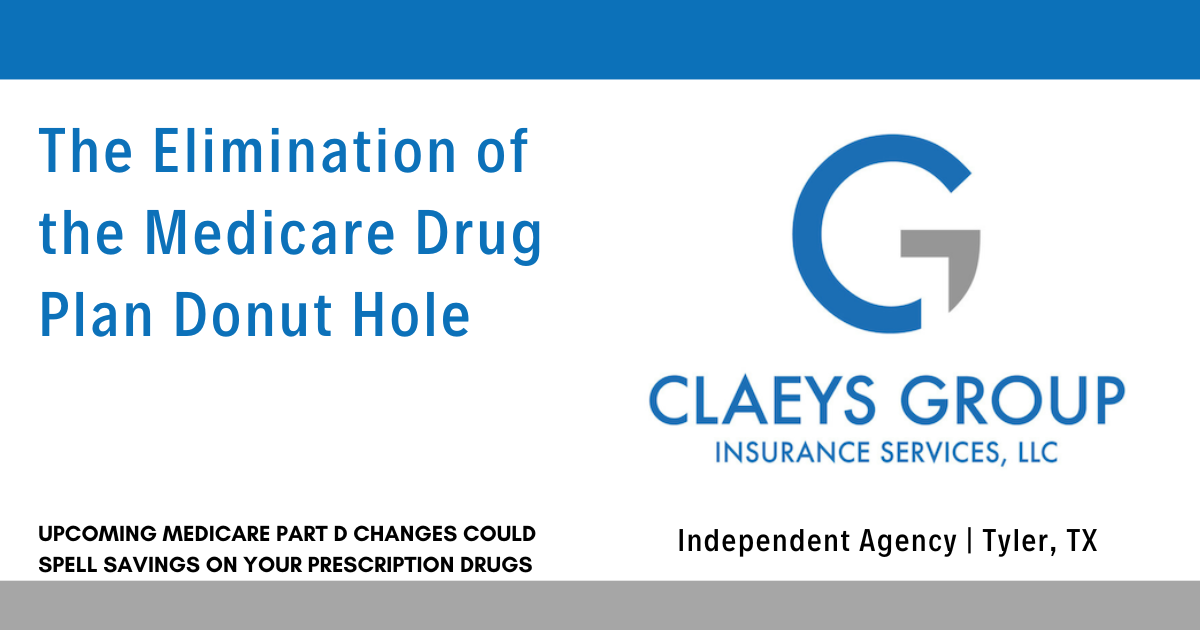
The Inflation Reduction Act, passed by Congress in 2022, will provide a definite benefit to some seniors beginning in 2025. This act will eliminate the Medicare prescription drug plan coverage gap, which is non-affectionately referred to as the donut hole.
First, let us review what the coverage gap (donut hole) is and the way it has worked ever since Medicare drug plans were initiated January 1, 2006. The easiest way to explain it is to realize that every time someone with a Medicare prescription drug plan gets a medication filled through that drug plan, Medicare adds up the retail cost of that medication. Let’s suppose the retail cost of that medication is $600 but your hypothetical copay is $20 (perhaps unreasonable, but it is, after all, hypothetical). Medicare does not care what your copay is, Medicare is only concerned with adding up the retail cost of that medication. Why? It is because Medicare uses the totaling up of your retail costs to assess the coverage gap.
This year, once your retail costs (added up after a few months or many months) hits a total of $5,030, then you begin paying a copay of 25% of the retail cost for each medication you get filled after that—that is until your retail cost total hits $8,000; then you go into the catastrophic phase. (In 2024, once you are in the catastrophic phase, your copays are $0 for every medication filled that is covered [in the formulary] of your drug plan.)
However, beginning January 1, 2025, the coverage gap (donut hole) goes away, something that Congress had been promising for the past ten years. So, with the elimination of the coverage gap, here is how Medicare drug plans will work in 2025. If your drug plan has a deductible (standard deductibles for stand-alone drug plans will be $590 in 2025), you will pay through that. Once you pay the deductible, you will be in the initial coverage of your plan where you will pay copays for your medications. Then, once you have paid a maximum of $2,000 out of pocket, all your medications will be a $0 copay for the rest of the year.
That means that even if you have several very expensive medications, your maximum out of pocket for medications that are in your drug plan’s formulary (that is, medications covered by your drug plan), you will only pay a maximum out of pocket of $2,000 for those medications—for the entire year. For some seniors, that will be a big savings compared to past years.
This has been a long time coming, but it will be welcome news for many seniors in 2025. Now all you need to do is to plan how you will use all that money you will be saving. I’ll bet you will be able to come up with some ideas.
Who really wants to think about dying? Buying life insurance means we must face our…
When it comes to retirement planning, Social Security is one of the most important—and often…
Claeys Group Insurance Services has been named top life insurance agency in Tyler, TX…
This article details upcoming changes to Medicare with the Inflation Reduction Act, or IRA. What…
With the ever-changing changing economic landscape of late, and with many considering retirement at age…
We live in a scam-filled world. Evil people who attempt to scam money or “business”…
This website uses cookies.
Read More